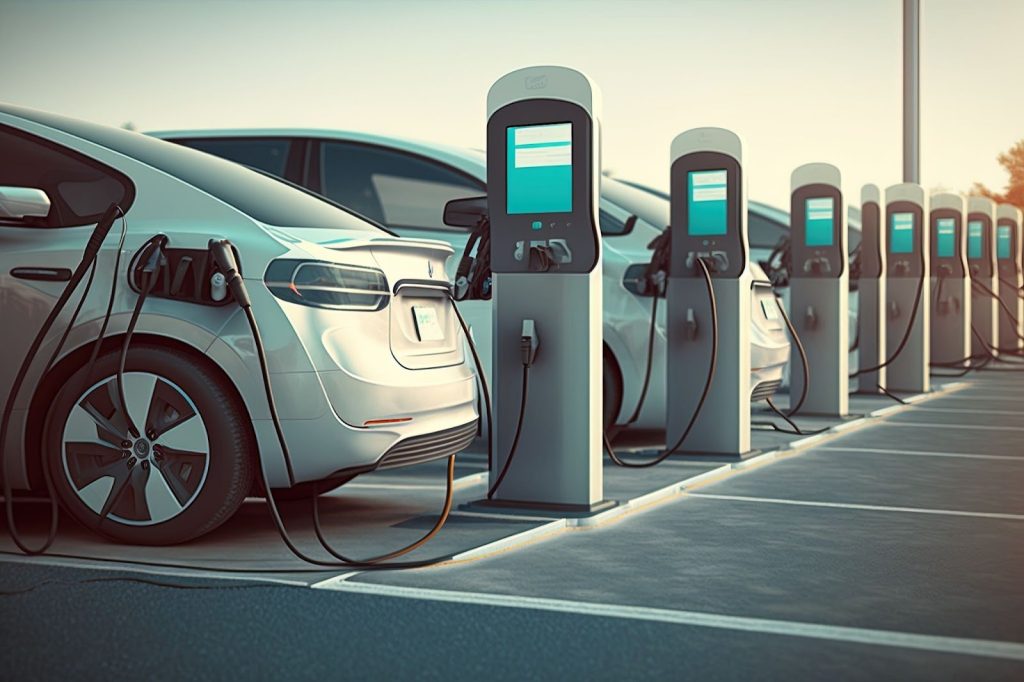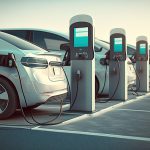Guide to E Charging Station Near Me: What to Expect
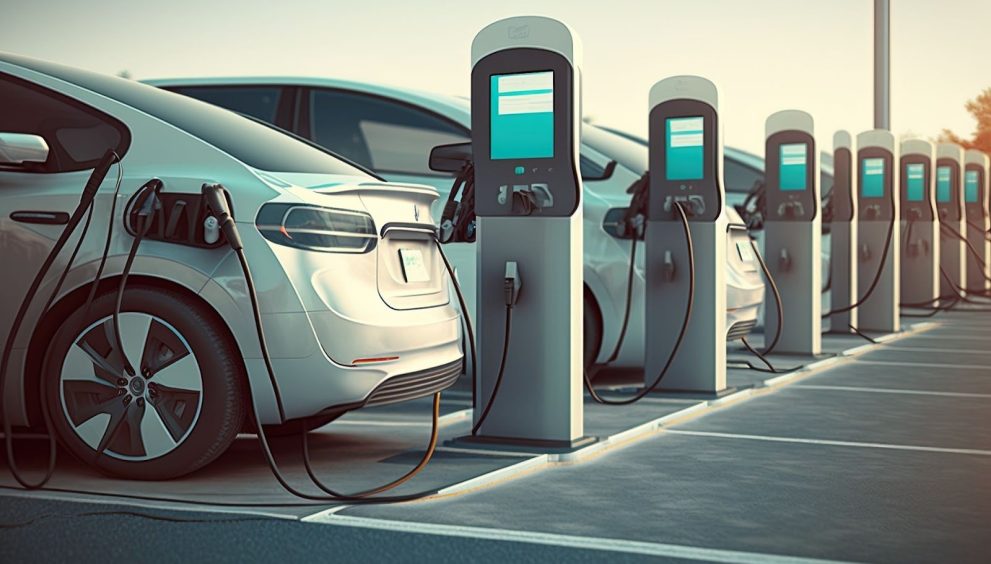
As electric vehicles (EVs) continue to rise in popularity across the United States, the demand for accessible and reliable charging infrastructure is growing just as fast. For both new and seasoned EV drivers, one of the most important questions to ask is: “Where can I find an E charging station near me?” The availability of charging stations directly influences driving habits, convenience, and long-term satisfaction with EV ownership. This article provides a detailed guide on how to find EV charging stations near you and what to expect when using them, helping you feel confident every time you plug in.
Why Finding an E Charging Station Near You Matters
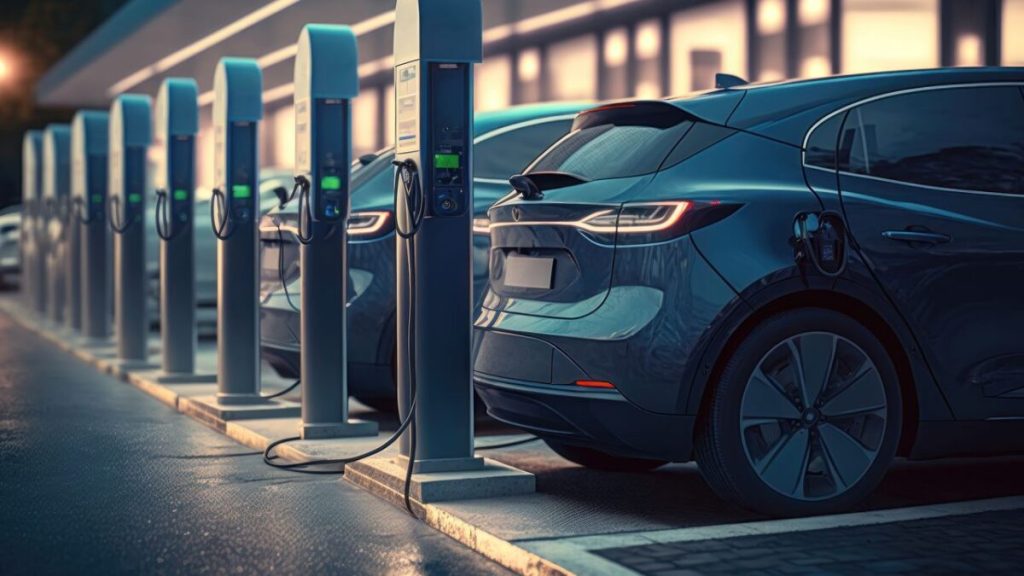
Electric vehicle adoption has shifted the focus from traditional gas stations to a new kind of refueling infrastructure. Unlike gas stations that are nearly everywhere, charging stations—especially high-speed ones—are still catching up. That’s why knowing where to charge is crucial for daily commutes, long-distance trips, or even spontaneous errands.
Key Benefits of Nearby Charging Stations:
- Reduces Range Anxiety: When you know where the nearest charger is, you’re less likely to stress about running out of power.
- Supports Road Trips: A robust charging map helps you confidently plan longer drives.
- Encourages EV Use: The easier it is to charge, the more likely people are to choose electric.
Furthermore, public and private sectors are rapidly expanding EV infrastructure. The U.S. government has invested billions through the Bipartisan Infrastructure Law to support nationwide EV station rollout, making charging more accessible than ever.
Types of EV Charging Stations: What’s the Difference?
Before you plug in, it’s essential to understand the types of chargers available and what they offer in terms of speed and compatibility. EV charging stations come in three primary levels:
Level 1 Charging: Basic But Reliable
This level uses a standard 120-volt household outlet. While it’s the slowest charging method, it’s highly accessible and requires no additional setup.
- Charging Speed: About 2–5 miles of range per hour.
- Best For: Overnight charging at home or topping off small daily use.
- Pros: No installation required.
- Cons: Too slow for most long-distance or daily heavy use.
Level 2 Charging: Ideal for Daily Use
Level 2 chargers operate on a 240-volt circuit and are the most common in homes, workplaces, and public spaces.
- Charging Speed: Adds 10–60 miles of range per hour.
- Best For: Daily drivers and those who charge while at work or shopping.
- Installation: Often installed at home with a professional electrician.
- Public Availability: Widely available at malls, garages, and office buildings.
DC Fast Charging (Level 3): Rapid Power On the Go
DC fast charging offers high-speed charging that’s perfect for long-distance travel or when you’re in a hurry.
- Charging Speed: Adds 100–200+ miles in around 30 minutes.
- Best For: Road trips, emergencies, or high-mileage commuters.
- Limitations: Not all EVs support DC fast charging. May cost significantly more per kWh.
- Location: Found mainly along highways, rest areas, and urban hubs.
What to Expect When Using a Public Charging Station
Using a public EV charging station may seem intimidating at first, but it’s a straightforward process once you’re familiar with the basics. Each network may have slightly different procedures, but the core steps are often the same.
Step-by-Step Charging Process:
- Locate a Station: Use EV-friendly apps such as PlugShare, ChargePoint, or Electrify America to find nearby stations. These apps also show availability and real-time updates.
- Check Connector Compatibility: Not all chargers use the same plug. Tesla has its proprietary connector, while others use CCS or CHAdeMO. Make sure the station supports your EV.
- Activate Charging: Use an app, RFID card, or credit card to initiate charging. Some networks may offer subscriptions with discounts.
- Monitor Progress: Apps often allow you to track charging speed, cost, and time. Use this time to grab a coffee, shop, or relax.
- Disconnect Safely: When charging is complete, unplug and ensure you’ve left the area clean for the next user.
Charging Etiquette:
- Never leave your car idle after it’s fully charged.
- Do not unplug others’ vehicles without permission.
- Report any broken or malfunctioning equipment.
How Much Does It Cost to Charge an EV?
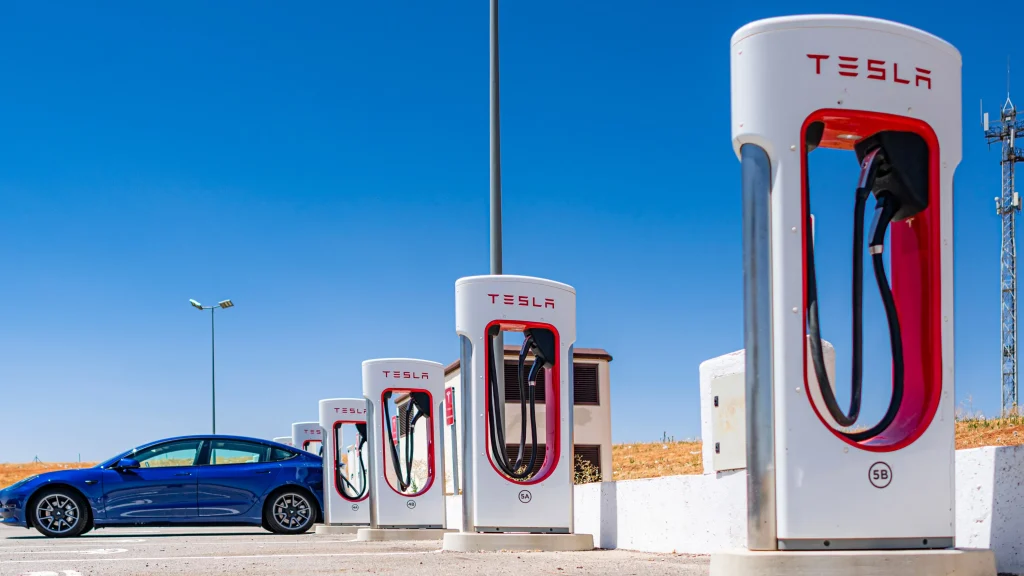
Charging costs vary based on location, charger level, and membership status. Here’s a breakdown:
- Home Charging: Lowest cost; around $0.10–$0.20 per kWh, depending on utility rates.
- Level 2 Public Charging: Usually $0.15–$0.30 per kWh.
- DC Fast Charging: Between $0.30–$0.50 per kWh or more. Some networks charge per minute instead of per kWh.
Example: Charging a 60-kWh battery at $0.30/kWh would cost $18 for a full charge—providing 200–300 miles of range, depending on the vehicle.
Membership plans like those from ChargePoint, EVgo, and Electrify America can offer discounted rates or perks such as free charging hours.
How to Find an E Charging Station Near You
Having a strategy helps ensure you’re never far from your next charge. Here are the best tools and tips:
Recommended Apps and Resources:
- PlugShare: Community-driven station reviews and location filters.
- ChargePoint: Widely used app with a large network across North America.
- EVgo: Offers fast chargers in urban centers and retail locations.
- Tesla Navigation: Automatically routes Tesla drivers to the nearest Supercharger.
Search Filters to Use:
- Charger Type (Level 2 or DC Fast)
- Real-time availability
- Cost per kWh or session
- Access hours
- Nearby amenities (restrooms, restaurants, Wi-Fi)
Plan ahead by adding charging stops to your route and enabling notifications for station availability.
Common Challenges at Public Charging Stations
Even with a growing infrastructure, users may encounter some challenges. Being prepared can help you avoid frustration.
Top Issues:
- Broken or offline stations
- Long wait times at busy locations
- Inconvenient station placement (e.g., far from building entrance)
How to Handle Them:
- Check user reviews in PlugShare before heading out.
- Keep a portable Level 1 charger in your trunk for emergencies.
- Have an alternate station mapped out in case your first choice is full.
Optimized Image Suggestions:
- Image 1: Modern EV charging at a downtown garage – Alt text: “Electric car plugged into Level 2 charger in urban parking structure”
- Image 2: Mobile app with map of stations – Alt text: “EV charging app interface showing nearby public stations”
- Image 3: Driver plugging in Tesla at highway rest stop – Alt text: “Tesla charging at Supercharger station near freeway”
Charging in Major U.S. Cities

Los Angeles
Los Angeles is one of the most EV-friendly cities in the U.S. With over 12,000 public charging points, EV drivers benefit from access to a dense network of Level 2 and DC fast chargers. Local initiatives, such as the LADWP rebate programs and priority parking spots for EVs, have made charging both accessible and affordable.
Houston
Houston, while still ramping up EV infrastructure, now has over 1,000 public charging stations. Many grocery stores and malls, like H-E-B and Whole Foods, offer free Level 2 charging. The city is also expanding DC fast chargers along major interstates and suburban zones.
New York City
NYC combines public Level 2 charging with a growing network of fast chargers from companies like EVgo and Con Edison. While street parking limits home charging, the city offers curbside charging stations and incentives for apartment dwellers to adopt EVs.
Cost Comparison Table by City and Charger Type
| City | Level 2 (per kWh) | DC Fast Charging (per kWh) | Free Stations Available |
|---|---|---|---|
| Los Angeles | $0.18–$0.28 | $0.35–$0.50 | Yes (limited hours) |
| Houston | $0.15–$0.25 | $0.30–$0.45 | Yes (select locations) |
| New York City | $0.20–$0.30 | $0.40–$0.55 | Few (mostly private lots) |
Note: Prices may vary by provider and time of day. Some stations offer dynamic pricing based on electricity demand.
The rest of the article continues with: Types of EV Chargers, How to Use Public Stations, Finding Chargers with Apps, and Tips for Efficient EV Ownership…
Ready to take your EV experience to the next level? Whether you’re in LA, Houston, or NYC, knowing your local network is key. Reach out today for personalized EV solutions in your area.
Conclusion: Charge Confidently, Drive Anywhere
The transition to electric mobility isn’t just about driving a different type of car—it’s about understanding the ecosystem that supports it. Finding an E charging station near you no longer has to be a guessing game. With smart planning, helpful apps, and growing infrastructure, you’ll always know where your next charge is coming from.
Whether you’re commuting daily or planning a coast-to-coast road trip, the right knowledge and tools make all the difference.
Ready to make the switch to EV? Or want to set up a charging station at home or your business? Contact us today for a free consultation and personalized solutions.

